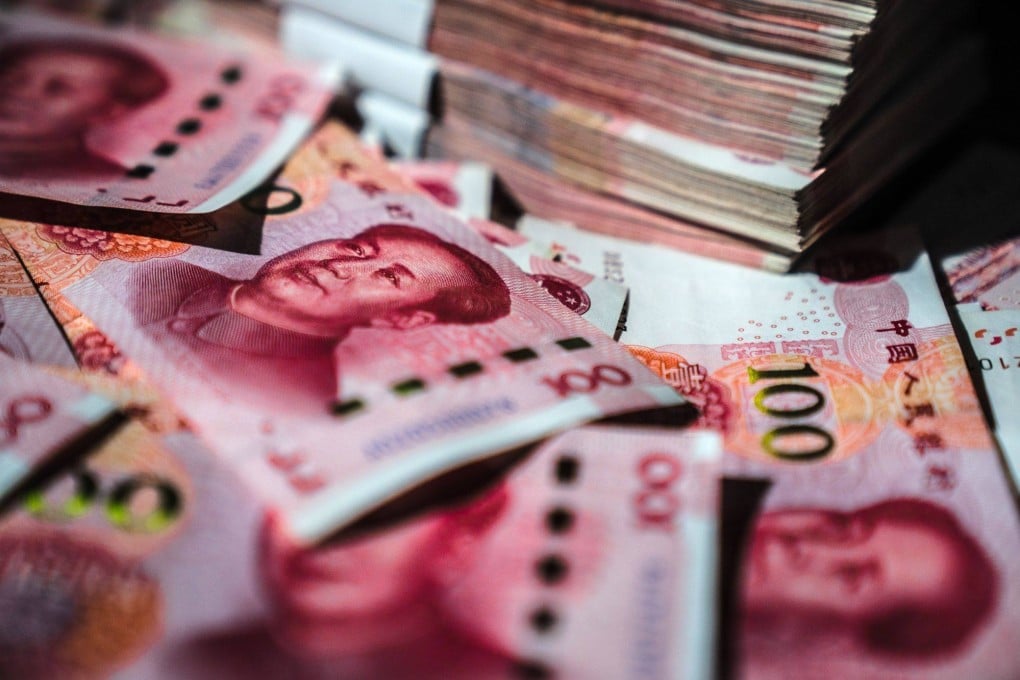Opinion | China still has lessons to learn in making the yuan an international alternative to the US dollar
- Beijing has spent years trying to internationalise the yuan with little to show for it because of its top-down approach and strict capital controls
- China can no longer take for granted that investors will always be waiting for market access and should be bolder in expanding the yuan’s use

It has been more than a decade since people started talking about tuning the yuan into an international currency as a possible alternative to the US dollar.
But despite the fanfare about the yuan’s potential, the Chinese currency’s international use remains low relative to the size of the country’s economy, trade power and geopolitical influence. Excluding exchange between Hong Kong and the mainland, the yuan’s use in international trade and investment remains very limited.
The greenback’s unrivalled position as the world’s reserve currency gives the US an “exorbitant privilege”, allowing it to borrow cheaply and exert financial muscle by, among other things, enforcing sanctions through the global financial system. As a result, China needs to boost the global use of the yuan to help cut its exposure to the US dollar.
Efforts to internationalise the yuan received a shot in the arm in the aftermath of the 2008 global financial crisis. In 2009, China’s then central bank governor Zhou Xiaochuan tabled ideas on how to create a new global currency to replace the dollar, the dominance of which China blamed for the world’s recent economic woes.
Yet 14 years later, Beijing’s journey to make the yuan an international currency has been anything but smooth sailing.
One reason is excessive reliance on a “top-down” approach to internationalisation. In 2016, for instance, China was able to get the yuan included in the International Monetary Fund’s Special Drawing Rights (SDRs), foreign exchange reserve assets based on a basket of currencies, giving the Chinese currency greater status alongside the dollar, euro, yen and pound. But SDRs cannot be held by private parties, doing little for international adoption of the yuan among businesses.
China has also inked dozens of bilateral currency swap deals with other central banks, but these were mostly about status, and they are of questionable practical value.
